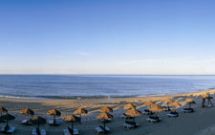Discovering Sintra
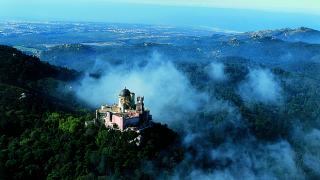
Don't miss
- taste a queijada and a travesseiro
- walk around the town
- go up the mountain in a horse-drawn carriage
- enjoy the view from the Pena Palace
- go on a walk
Sintra, the Moon Hill, is a place full of magic and mystery, where Nature and Man have combined in such a perfect symbiosis that UNESCO has granted it Word Heritage Site status.
One-day itinerary
Morning
Whatever your plan, a good suggestion is always to start from the historic centre, after an invigorating breakfast to prepare for a full day.
On the main square, you will see Vila Palace with its two distinctive cone-shaped chimneys, which are useful landmarks for helping you find your way back to this spot. From the late 14th century, it was a summer resort for many Kings throughout the history of Portugal. Each room is decorated differently, and has its own history to be learned; its interior is also a surprise since it is a veritable tile museum, with examples from the 16th century, when tiles began to be used in Portugal.
After a gentle stroll along the narrow alleys, past shops selling regional products, we suggest a visit to the Palácio and Quinta da Regaleira. This is a 19th century palace, although it looks older, boasting impressive decorations laden with Masonic references. Very close to the entrance to Regaleira, is Seteais, an 18th century palace, currently converted into an hotel. The gardens are worth a visit and from its belvedere you can see Pena Palace, Castelo dos Mouros (Moorish Castle) and the sea in the distance…
Before climbing up the mountain, lunch would be in order in a good restaurant in town, or a picnic in Castanheiros Park, a picnic area halfway along Volta do Duche.
Afternoon
You can devote the afternoon to getting to know the mountain and discover the nooks and crannies of a landscape that is a World Heritage site.
Before entering the botanical sanctuary of the Pena Park, walking past the Countess D’Edla Chalet and going up to the Palace that Richard Strauss called the “Holy Grail Castle”, the Castelo dos Mouros is unmissable. Built in the 8th and 9th centuries and extended after the Reconquest, it bears witness to the Islamic presence in the region.
At the top is one of the most romantic palaces in Portugal, the Pena Palace, a fancy, revivalist reconstruction, much to 19th century romantic taste, that owes its existence to the passion and imagination of the artist king Ferdinand of Saxe-Coburg and Gotha, the husband of Queen D. Maria II.
If you failed to do so in the morning, as you head back to town, don’t miss a taste of the famous queijadas (cheese cakes) and travesseiros (almond pastries), the perfect specialties for a late afternoon in a dream place.
And also…
One day is not enough for everything there is to see in Sintra, so the ideal would be to stay longer or, alternatively, organise your visit differently, if you’re available.
In addition to other interesting museums, highlights include the Monserrate Park, with its exotic Neo-Gothic palace, and the Capuchos Convent, built in the 16th century, using cork to line small spaces, according to the dictates of poverty of the Order of St. Francis of Assisi, providing a stark contrast with the palaces that you’ve visited so far. 2km from the convent is Peninha, one of the highest points on the mountain, and on your way to the coast, the Archaeological Museum of São Miguel de Odrinhas is definitely worth a visit for its important epigraphic collection over two thousand years old.
For those travelling in July and August, it’s an excellent opportunity to attend the classical music concerts and dance performances during the Sintra Festival, taking place in the Sintra and Pena Palaces and at the Olga de Cadaval Cultural Centre.
If you happen to be on the Sintra-Lisbon IC19 road, don’t miss a visit to the Queluz National Palace, a sumptuous 18th century palace in the rocaille style. In its grounds, you can watch a show by the Portuguese School of Equestrian Art and appreciate the quality of the Lusitano horses, bred in Alter, Alentejo, at the former Royal stud-farm.


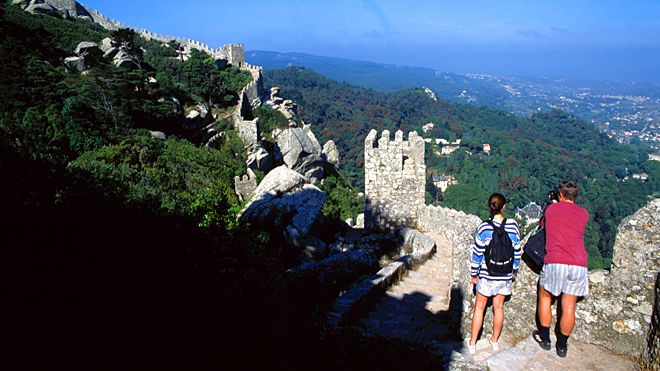






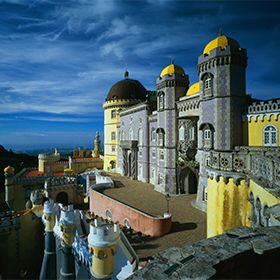
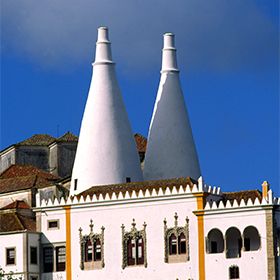

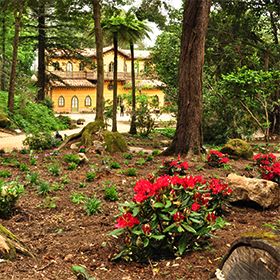
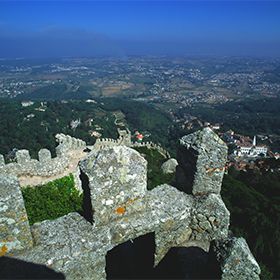

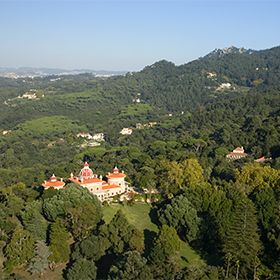
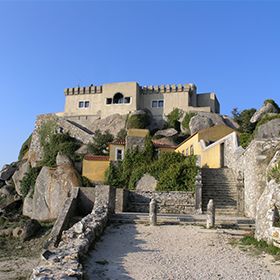
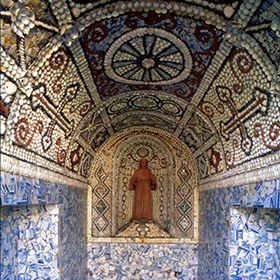

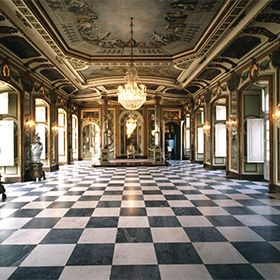
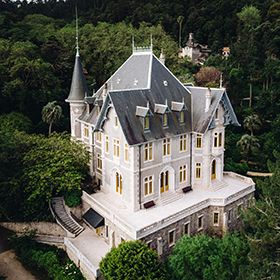
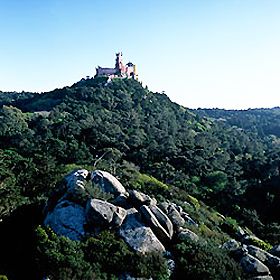
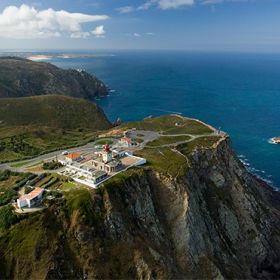
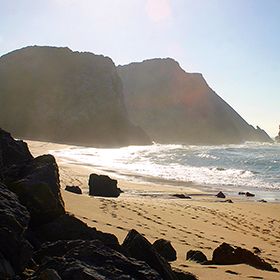
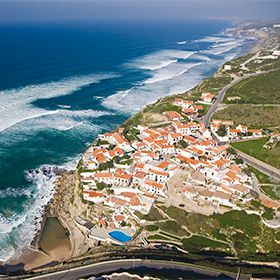
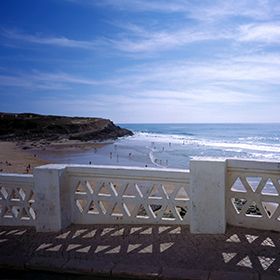
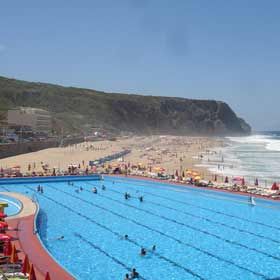
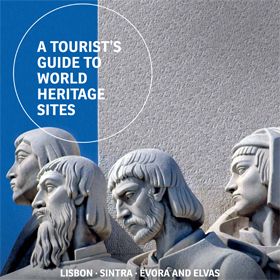


 Explore
Explore 
 Remember and Share
Remember and Share 

